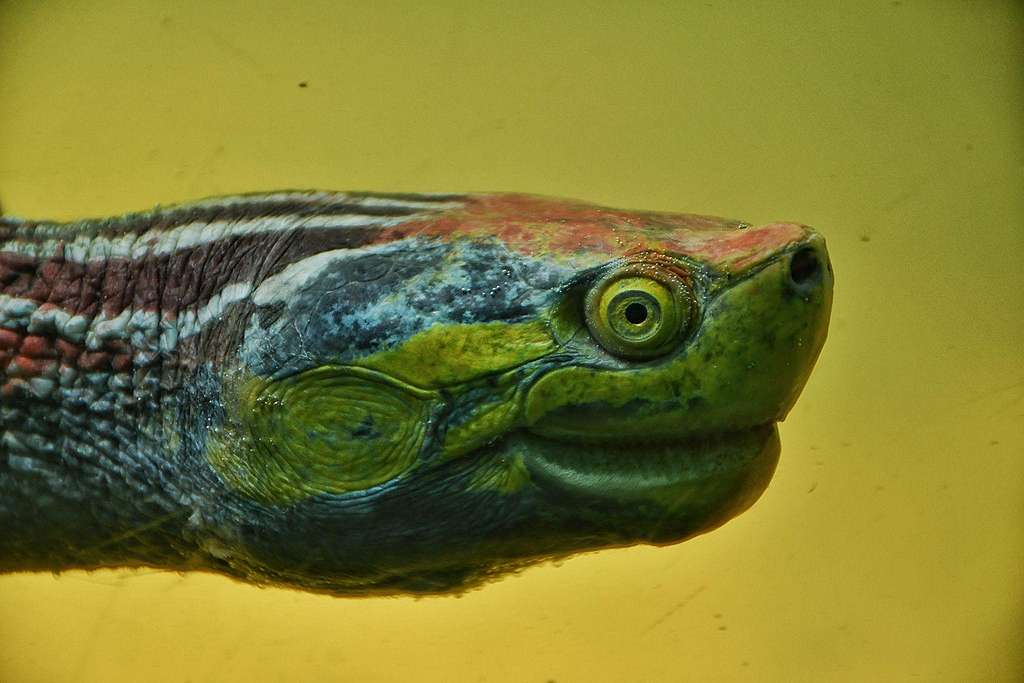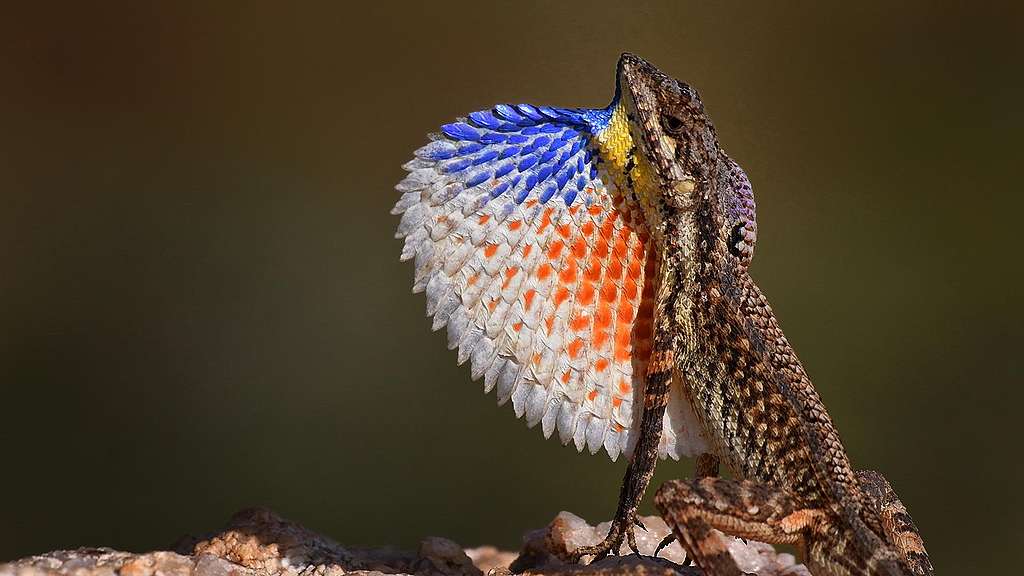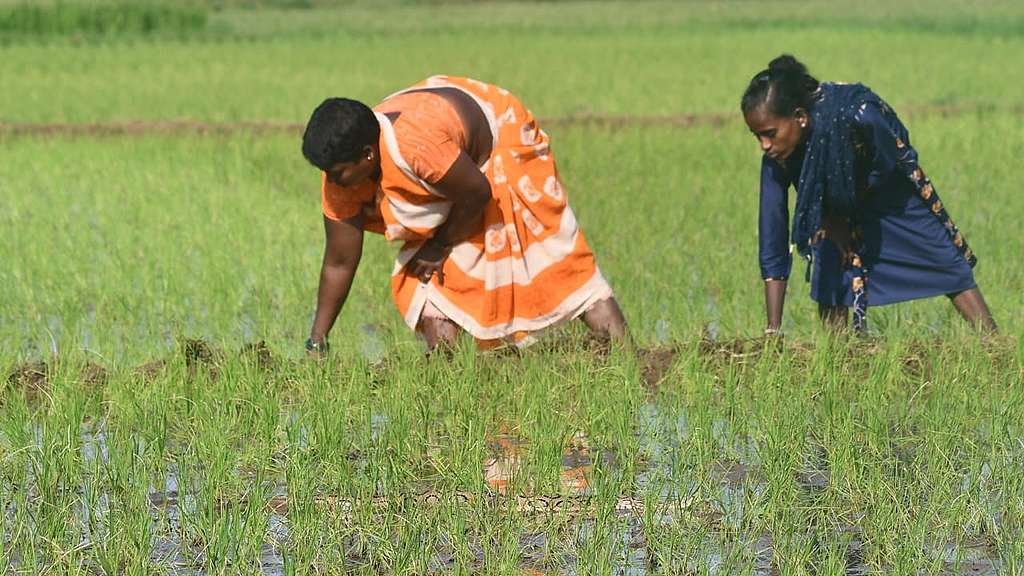I recently spent a month in Ladakh tracking snow leopards during the coldest time of the year. From spotting snow leopard cubs to seeing the Milky Way in the night sky, the trip was almost perfect but for the absence of reptiles. The cold temperatures meant all of them were hibernating, not a lizard or snake around. It might sound crazy but once you begin to appreciate the beauty of reptiles, you fondly miss their presence during travels.
If you live in the tropical part of the country, you have seen a reptile at least once. The geckos on hospital walls might have been among the first animals you saw upon your birth, unless they saw you first. India has about 750 species of reptiles, with new species being described and discovered every month. Everything from crocodiles and snakes to lizards and tortoises.
Known to have evolved 320 million years ago, reptiles are cold-blooded vertebrates, their skin covered with scales. They’re the oldest land animals with some of them capable of living for even 300 years. Their ability to cross time spans is enhanced by their structural and behavioral diversity. There are reptiles living in hot deserts and cold mountains, farms and forests and even the shelter of your home. There are species of dwarf geckos that are as small as 3 cm and saltwater crocodiles as large as 22 feet. Almost all reptiles are carnivorous and are both predator and scavenging in nature. While some species like the rat snakes and house geckos are known to have adapted to human developments, few others such as king cobras and gharials are frequently in conflict with humans.

Reptiles play an important role in maintaining healthy ecosystems. They are critical in balancing the food chain and their absence could have severe consequences. Several species of snakes eat rats and control rodent populations. If rodent populations aren’t controlled they can cause huge crop damages and impact food security. Geckos in houses keep the insect populations at bay. Unknown to us, the geckos in our homes save us from potential insect bites and diseases.
But due to several myths and disbeliefs, reptiles are feared and even hated by many. They are often shown in bad light, with misinformation and a general distaste for their appearance. These could be the reasons why there is a generational paranoia about reptiles. How many times have we seen a reptilian character as a hero in a movie? Today, reptiles face severe threats due to expanding cities, deforestation, climate change, overuse of pesticides, and unfortunately retaliatory killing, mostly out of fear. Reptile research and conservation also receives less attention from the government and very few institutions come forward to fund projects. Most reptiles are harmless to humans and generally, the conflict occurs when they are provoked.


India globally accounts for the highest number of snakebite deaths, with up to 58,000 persons dying each year and tens of thousands of snakebite survivors permanently disabled and traumatized. A large part of this is down to the lack of knowledge of first aid and treatment of snakebite in rural regions.
Snakebite is a serious problem in rural India where numerous highly venomous species are commonly found in and around agricultural areas which are abundant on prey populations. Four snake species, referred to as the Big Four, are responsible for most serious and fatal bites in most parts of the country: spectacled cobra (Naja naja), Russell’s viper (Daboia russelii), common krait (Bungarus caeruleus) and saw-scaled viper (Echis carinatus). A polyvalent antivenom is made to treat these bites but public awareness and distribution of this life-saving drug is inadequate. There is a clear need for a robust and replicable outreach effort in the affected regions and being one of the pioneering herpetological institutions in the country, we find ourselves in a unique position to execute this effort. But for this to reach the masses, the importance of reptiles needs to find focus in wildlife conservation discussions.
For those who are already privy to their world, spotting reptiles is fun. Some of my friends have gained biceps just by lifting rocks [sometimes hundreds a day] to find reptiles. I have traveled across India, looking for reptiles, and never have I had a dull day or a night finding them. On most days, I don’t get to see what I want to see and that’s the fun of it. Finding reptiles or what we rather call ‘herping’ can be just as fun as a jungle safari or bird-watching.
Everyone can contribute towards the conservation of reptiles. It can start with not disposing our waste into oceans, rescuing wayfaring reptiles like snakes, and coexisting with the gecko in your insect-free home. Conservation of reptiles can be difficult but the right amount of information and some compassion will help towards their survival in the long run.
As for me, the next time I go to Ladakh it will be in the summer to try my luck at finding rare reptiles and probably gain some rock-lifting-induced biceps.
(The author is the Snake Bite Mitigation Project Coordinator with Madras Crocodile Bank. His work entails sensitizing communities, training capacities, and policymaking for reptile conservation and mitigation of reptile-human conflict )



